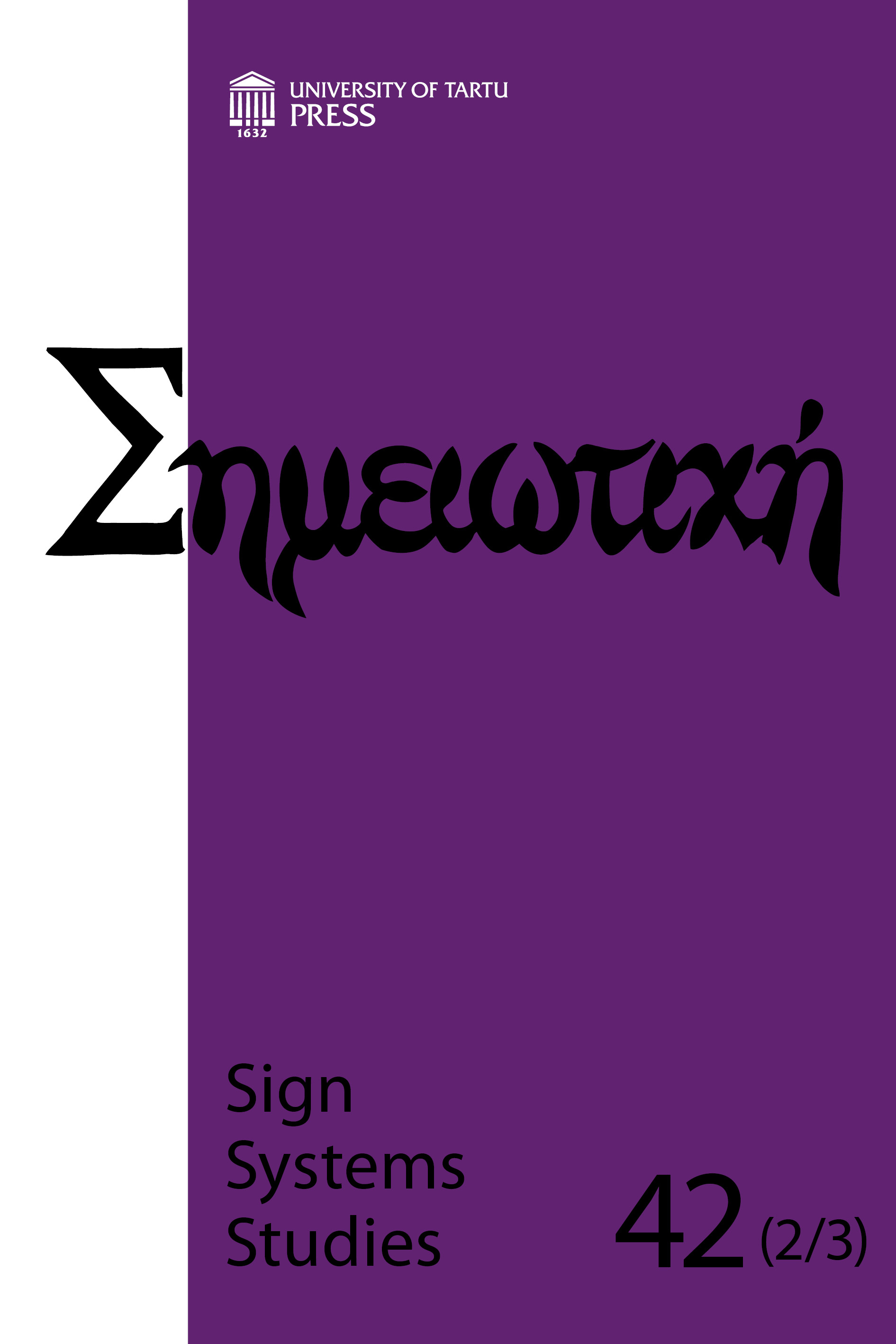The ontogeny of the embryonic, foetal and infant human umwelt
DOI:
https://doi.org/10.12697/SSS.2014.42.2-3.06Keywords:
human umwelt, infant umwelt, ontogeny, prenatal umwelt, umwelt theoryAbstract
This article, which envelops a case study and development of umwelt theory, addresses four research questions: At what point does the human umwelt emerge? What umwelt transitions can be identified in the ontogenesis of the early human umwelt? What is characteristic of the umwelt trajectory of human embryos/ foetuses/infants? How are umwelt objects established/crystallized/fixated in the human umwelt?
The early human umwelt is characterized by rapid change, radical transformations, and gradual establishment of the first and most basic umwelt objects by way of exploration and learning. While the human umwelt arguably emerges already at the embryonic stage, the sense-saturated umwelt emerges at the foetal stage. Unlike an adult human’s umwelt, but like other altricial umwelten, the umwelt of the human foetus and infant is not fully functional from the perspective of the organism itself. In other words, their basic functioning directly depends on others. Our human sociality is further stimulated by shared undertakings early on in our terrestrial lives which effectively make us part of some specific social system.


